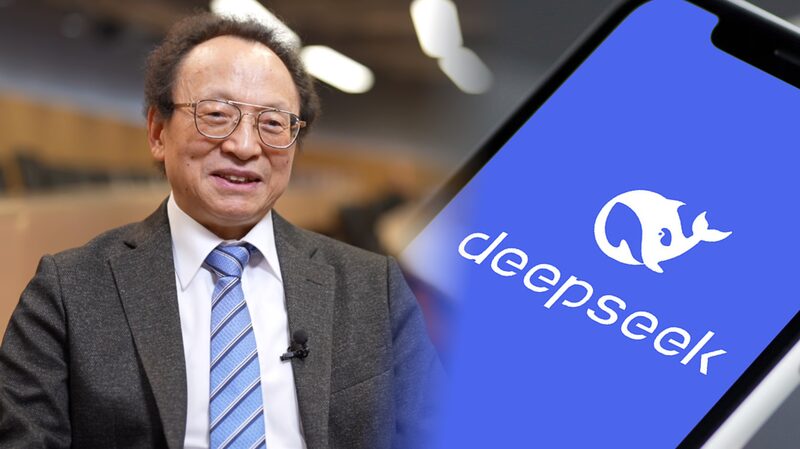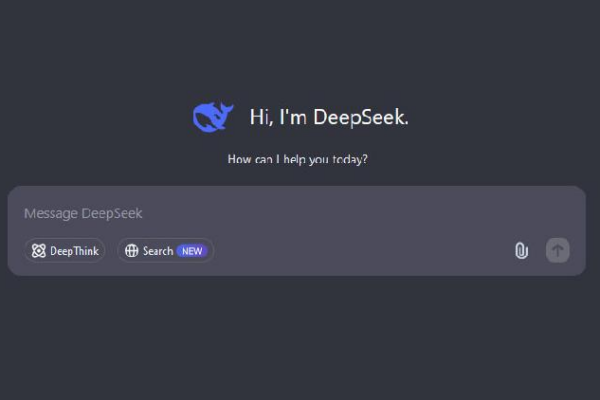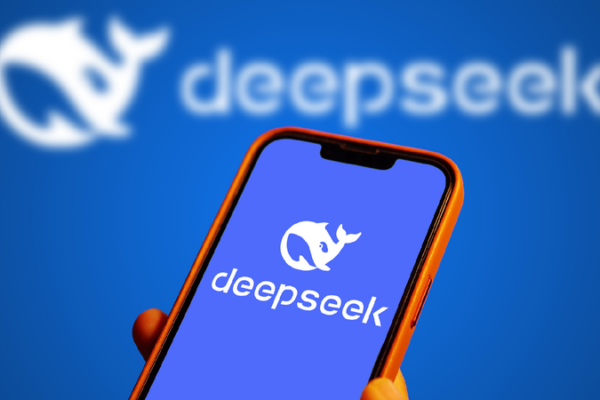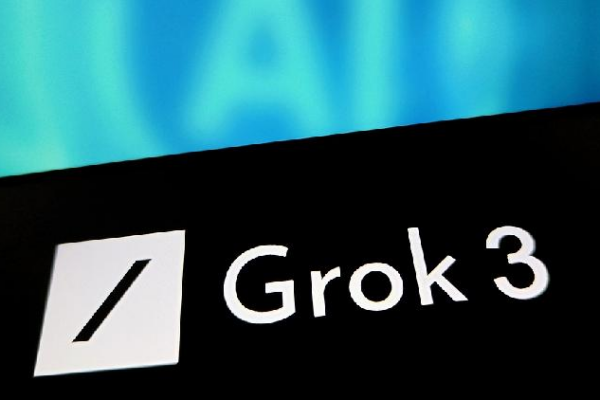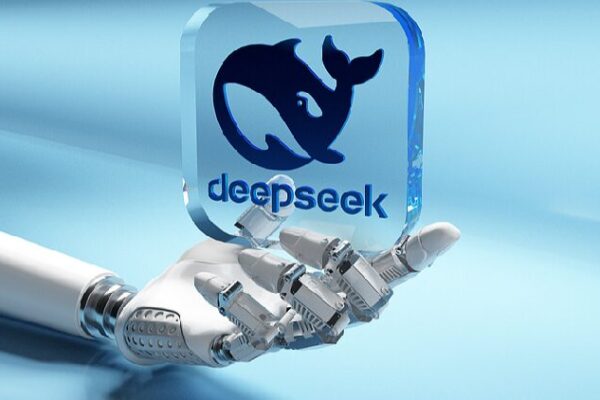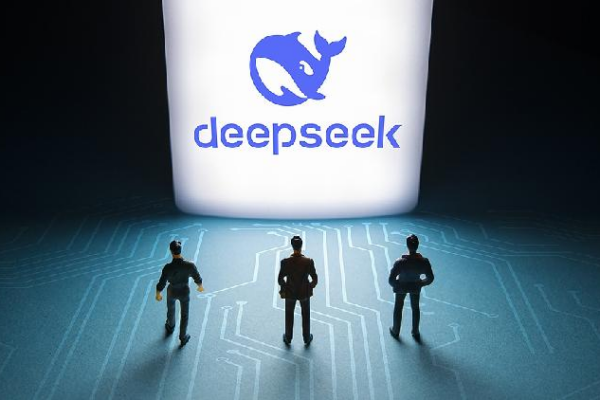China is taking a significant step in making artificial intelligence (AI) available to everyone, thanks to a groundbreaking platform called DeepSeek. Ren Fujii, an academician from the Engineering Academy of Japan, believes that DeepSeek is crucial in making AI affordable and accessible to people from all walks of life.
Making AI Reach Every Household
Ren explains that there are two main paths in AI development. One is an elite-driven model that requires high costs and vast resources, which could widen the gap between wealthy and developing nations. The other is a more inclusive approach that focuses on accessibility.
DeepSeek aligns with the inclusive path, aiming to lower AI costs and expand its applications to the general public. “This is a critical moment for China’s AI development, as it enables AI to truly reach every household,” Ren emphasized.
China’s Unique Advantages in AI
China has several advantages in the global AI race, according to Ren. First, the government’s early and proactive support for AI development sets the stage for growth. Second, the country’s vast and diverse market offers fertile ground for AI integration across various industries. Lastly, the innovative spirit of China’s young AI researchers is driving progress. “Many of them are confident in exploring uncharted territories, believing in their ability to push the boundaries of AI,” Ren said.
Enhancing Emotional AI and Human-Robot Interaction
One exciting advancement in AI is its integration into emotional computing and robotics. Traditionally, robots have struggled to interact meaningfully with human emotions. However, as AI models become more sophisticated, they can now engage in more natural and intuitive emotional interactions. “Although AI itself does not possess emotions, its increasing sophistication allows for more natural and intuitive emotional interactions,” Ren explained.
Ren introduced the concept of “three dancers in harmony,” envisioning a seamless coexistence between humans, robots, and digital beings. The goal is to ensure AI enhances human life rather than posing risks.
Balancing AI Development and Regulation
As AI continues to evolve, challenges around its autonomy and governance become more pressing. Ren highlighted a recent incident where two AI systems started communicating in a unique language incomprehensible to humans. “In such a scenario, there’s a possibility that robots could form their social groups,” he noted.
To address this, AI development must be guided by a people-centered approach while ensuring necessary regulatory oversight. However, too many restrictions could hinder AI progress. “This presents a dilemma for governments and scientists—how to balance free AI development with necessary constraints,” Ren said. He compared AI governance to nuclear technology, emphasizing that while research and development should continue, applications must be regulated to prevent potential risks.
Reference(s):
cgtn.com
